

Charlie Kirk’s assassination was an atrocity — for his family, his friends, his supporters, and America. I haven’t been this shaken by the death of someone I didn’t personally know in a long time.
As an ex-U.S. Army Special Operations sniper, I’ve seen a lot of speculation online, and I want to cut through some of the noise. Even following the arrest Friday morning of 22-year-old Tyler Robinson for the crime, people are throwing around claims that this was “state-sponsored” or a “hired hit man paid by a political group.” We don’t know that, nor do we have any evidence pointing to that. In fact, we had ample evidence pointing to somebody just like Robinson: a leftist college dropout.
Charlie Kirk wasn’t taken down by a sniper, or a covert team, or a shadowy state actor. He was killed by a bitter amateur with a rifle and a desperate need to matter.
I won’t call this shooter an “assassin.” That word carries a mystique. It gives a pathetic loser like this validation. He doesn’t deserve the title. He wasn’t an assassin. He wasn’t a sniper. He wasn’t a pro. He was simply an amateur shooter who decided to take a life better than his own and become a killer.
The shot
The facts are simple. The distance was under 200 yards. He used a bolt-action .30-06 Mauser with a scope of at least 8x power. That’s a very easy shot — so easy that I could teach a child to make it in under an hour, and I am not exaggerating at all.
You don’t need military training, hunting experience, or any special skill. The .30-06 is a powerful round, and if you watched the sad, horrific video of Charlie being hit, you saw how devastating it is.
The round appeared to strike Charlie in the neck. Maybe it hit his chest and exited near the neck, but what it didn’t do was hit his head. A professional would have gone for the head. If this killer wanted maximum shock value — which he clearly did — a head shot would have given him that. Either he missed low or he aimed for the chest because he didn’t have the skill level for a headshot.
Either way: amateur hour.
The gun and the tactics
The rifle says it all. A Mauser .30-06 bolt-action is the tool of a casual hunter, not a professional killer. Even on a budget, a serious shooter would have picked better gear. To call that weapon “professional” is laughable. It’s like rolling up to an F1 race in a Honda Accord.
Even more ridiculous than his gear choice were his tactics or lack thereof. He positioned himself on a rooftop in black, wearing a tactical vest. That’s straight from the “Call of Duty in Mom’s basement” playbook. A professional wouldn’t be spotted on camera by kids on the ground asking, “Should someone be up there?”
A pro would have been invisible. Or, if seen, instantly forgettable. He would have used proper urban hiding techniques (I won’t detail them here). He wouldn’t have stood out in black tactical gear. He would have looked like a student or like someone with a legitimate reason to be where he was.
And then there’s the footage — clear, high-quality video of him at the school and hopping fences in a neighborhood. The FBI and local police had his face, which meant, in due course, they had him. This wasn’t a state-sponsored operator or “hit man.” It was an angry lone amateur.
Who he is
When I wrote this column Thursday night, I speculated that the shooter would turn out to be a lonely, angry kid desperate to be somebody. A nobody who wanted attention, validation, fame. He thought killing someone hated by one side of the political spectrum would make him loved by the other. This was about belonging. About being noticed.
And that’s where the media and social media come in. They amplify these monsters. They hand them the spotlight. And for a young man like this, that’s gasoline on the fire.
Sound familiar? Donald Trump barely survived an attempt when another college kid fired at him. Add Luigi Mangione, and that makes three young men in recent memory trying to kill or successfully killing public figures. We’re watching a disturbing trend.
Political assassination — or something new?
Yes, Kirk was killed for his political beliefs. But he wasn’t a politician. He held no office. That’s why this atrocity might mark something new: the first assassination of an influencer.
Think about that. Kirk wasn’t targeted for power, or for policy, but for his ability to influence. If that’s where we are now — where speech alone makes you a target — we’ve stepped into very dangerous territory.
The slippery slope of ‘hateful rhetoric’
Almost immediately, politicians and pundits said, “This is what happens when you use rhetoric like his.” Rep. Ilhan Omar (D-Minn.) went as far as accusing Kirk of posting “hateful rhetoric,” as if that justifies what happened. That logic is as dangerous as the act itself.
If hateful rhetoric makes someone fair game, then by her own standard, someone could make the same judgment about Omar’s words. Would she see her own assassination as justified? Of course not. And that’s the slippery slope: When violence is framed as acceptable because someone decides speech is hateful.
That’s exactly why the First Amendment exists — to protect all speech, even the speech you hate. Because once a group can ban “hateful” speech, they can ban anything they dislike. That’s how dictatorships start. And it’s not a coincidence that the loudest calls to ban “hateful speech” come from people who want more control.
RELATED: Antifa, gay furries, and bomb codes? What the engravings on the Kirk assassination bullets may mean
 Photo by MELISSA MAJCHRZAK/AFP via Getty Images
Photo by MELISSA MAJCHRZAK/AFP via Getty Images
Bottom line: Charlie Kirk wasn’t assassinated by a professional. He wasn’t taken down by a sniper, or a covert team, or a shadowy state actor. He was killed by a bitter amateur with a rifle and a desperate need to matter.
That makes his death no less horrifying — but it should change the way we understand it. Because this wasn’t just about politics. This was about influence, attention, and validation. And it signals a very dark turn in where we are headed..png)
 2 hours ago
2
2 hours ago
2
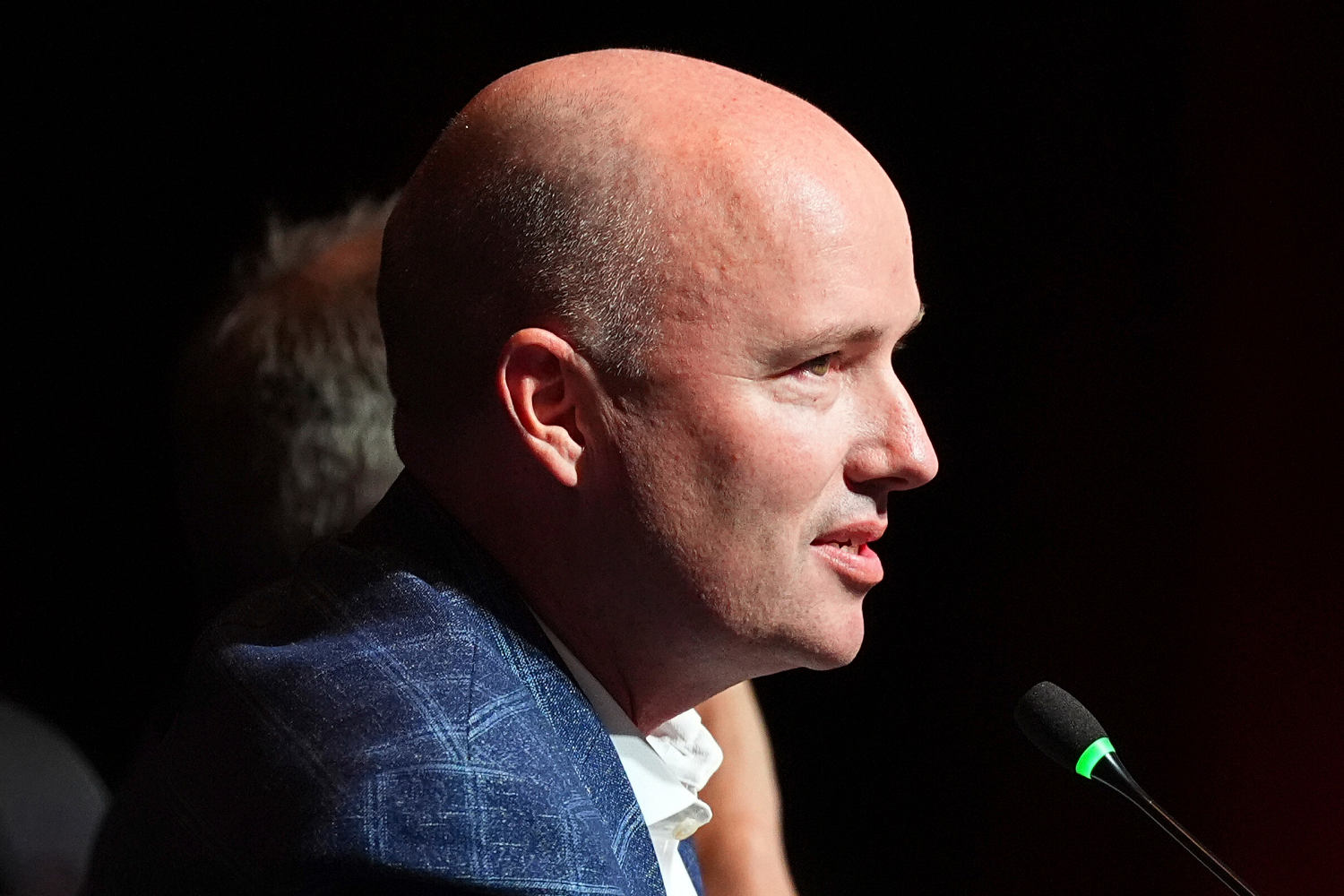
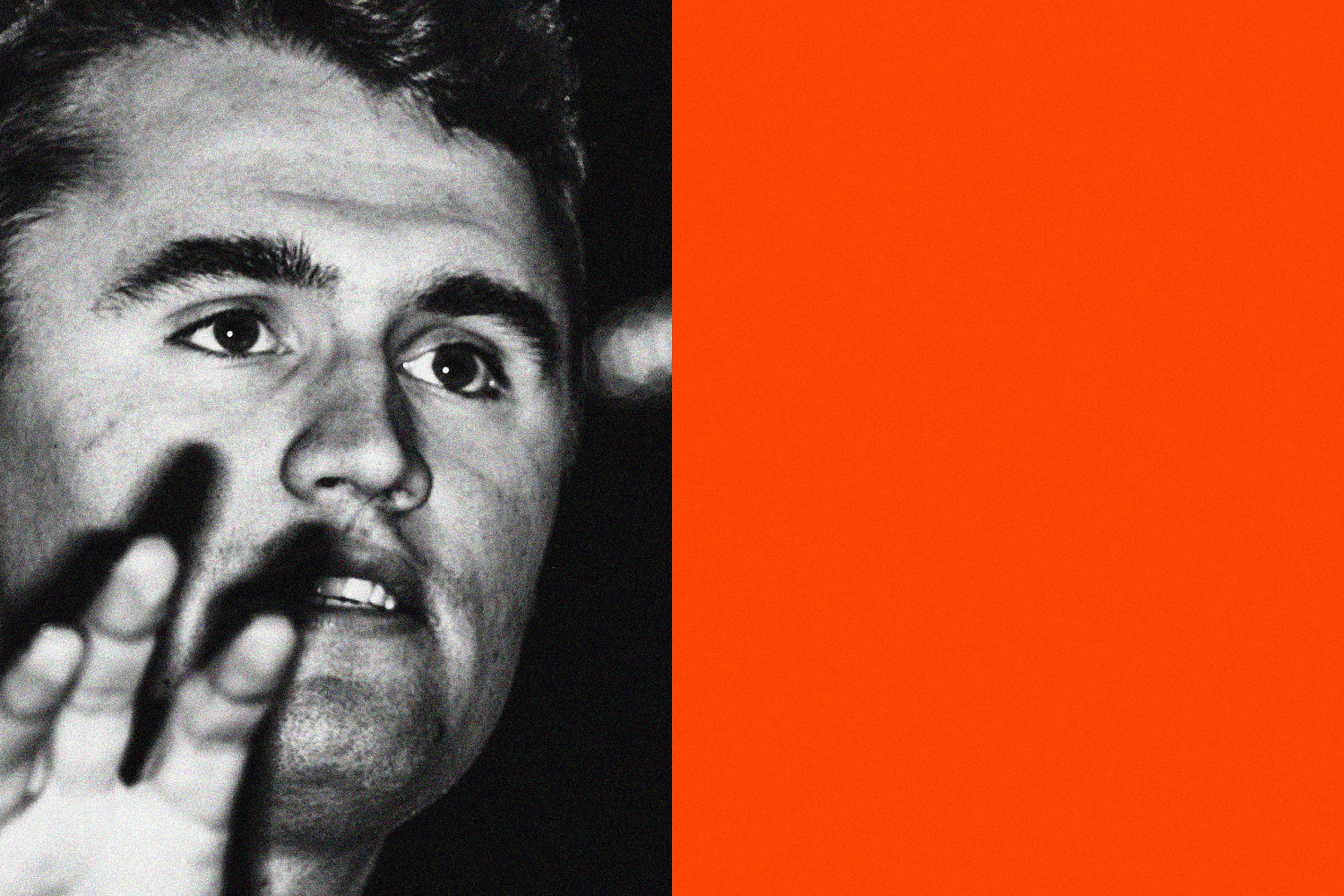
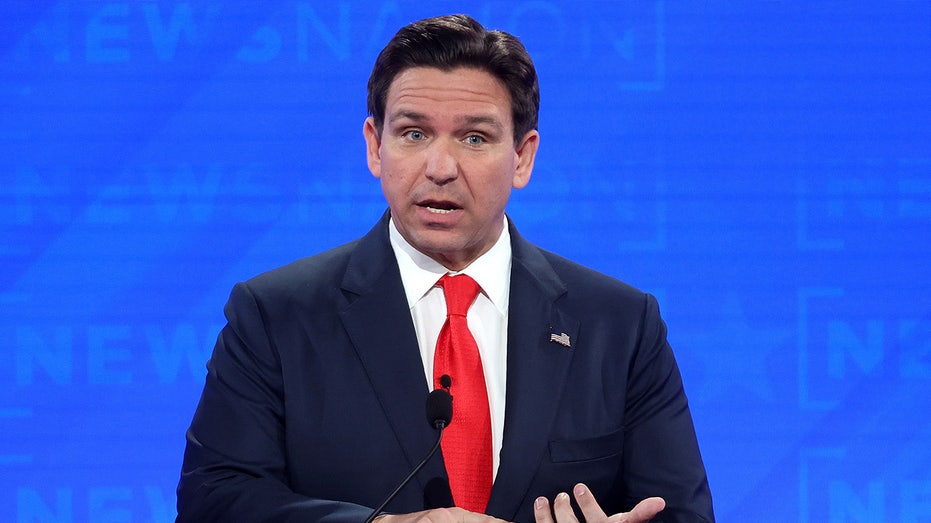


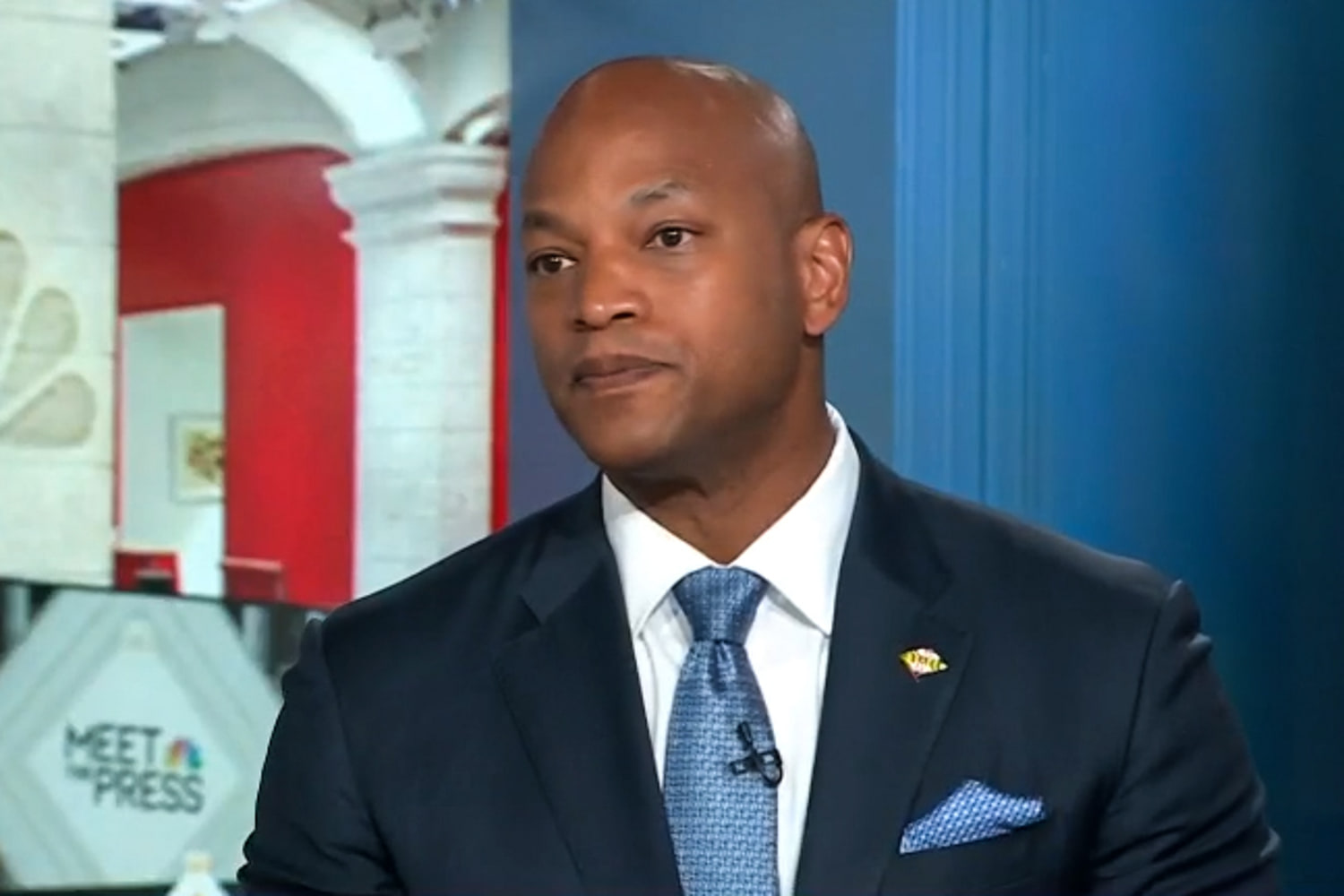


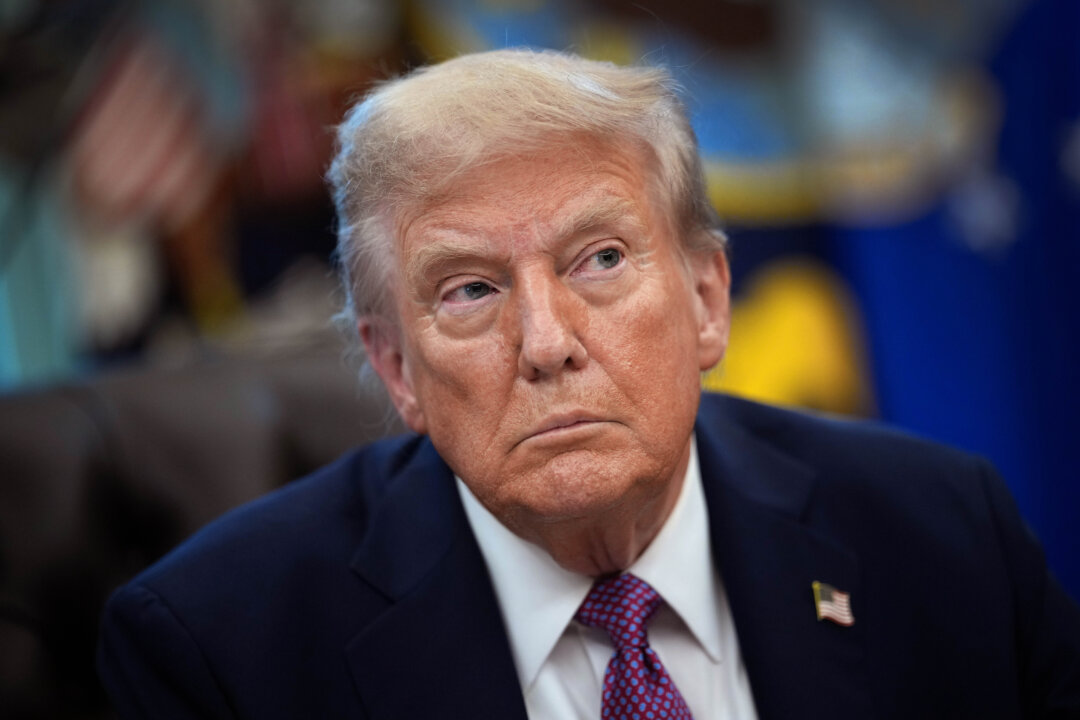
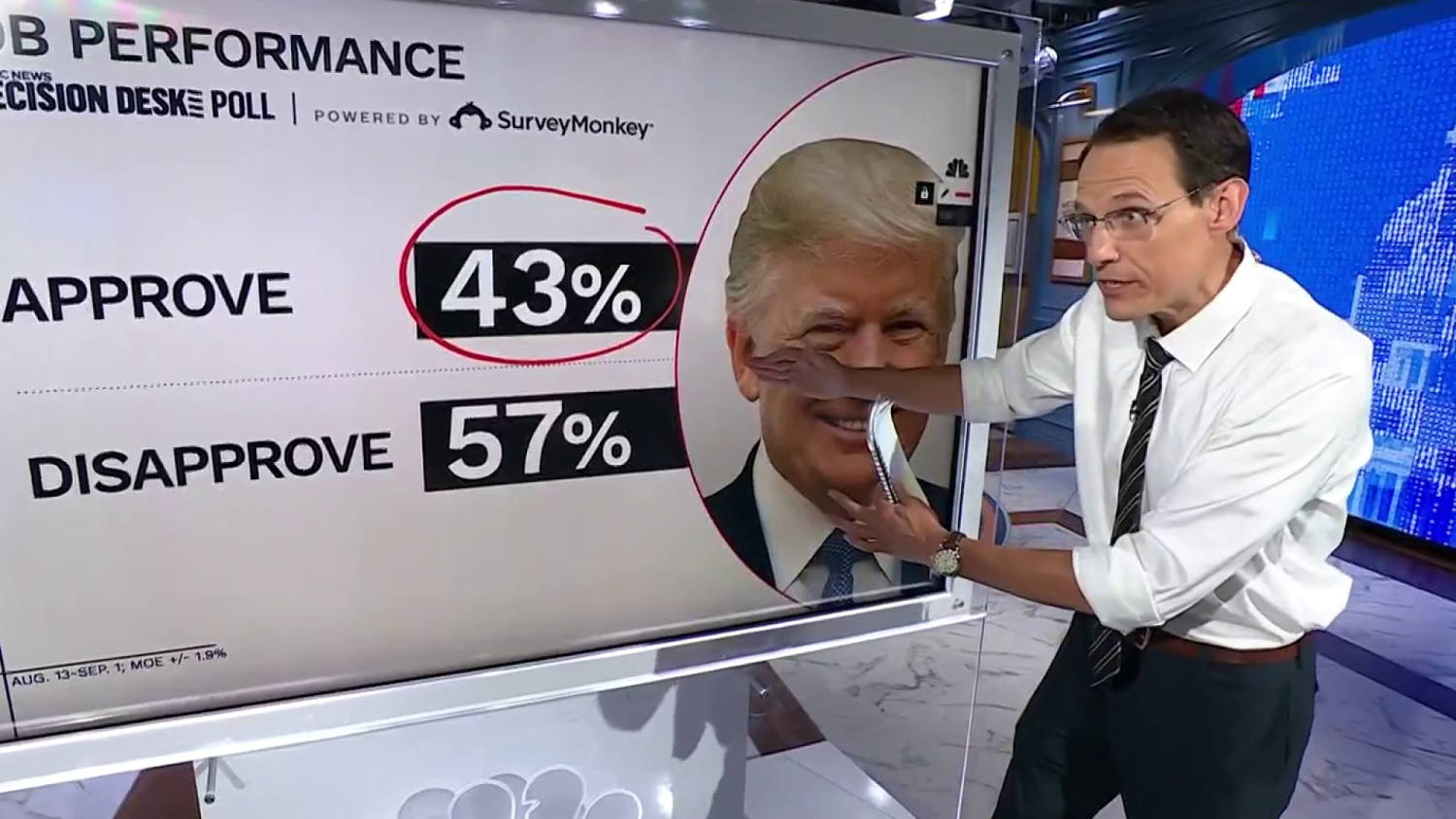
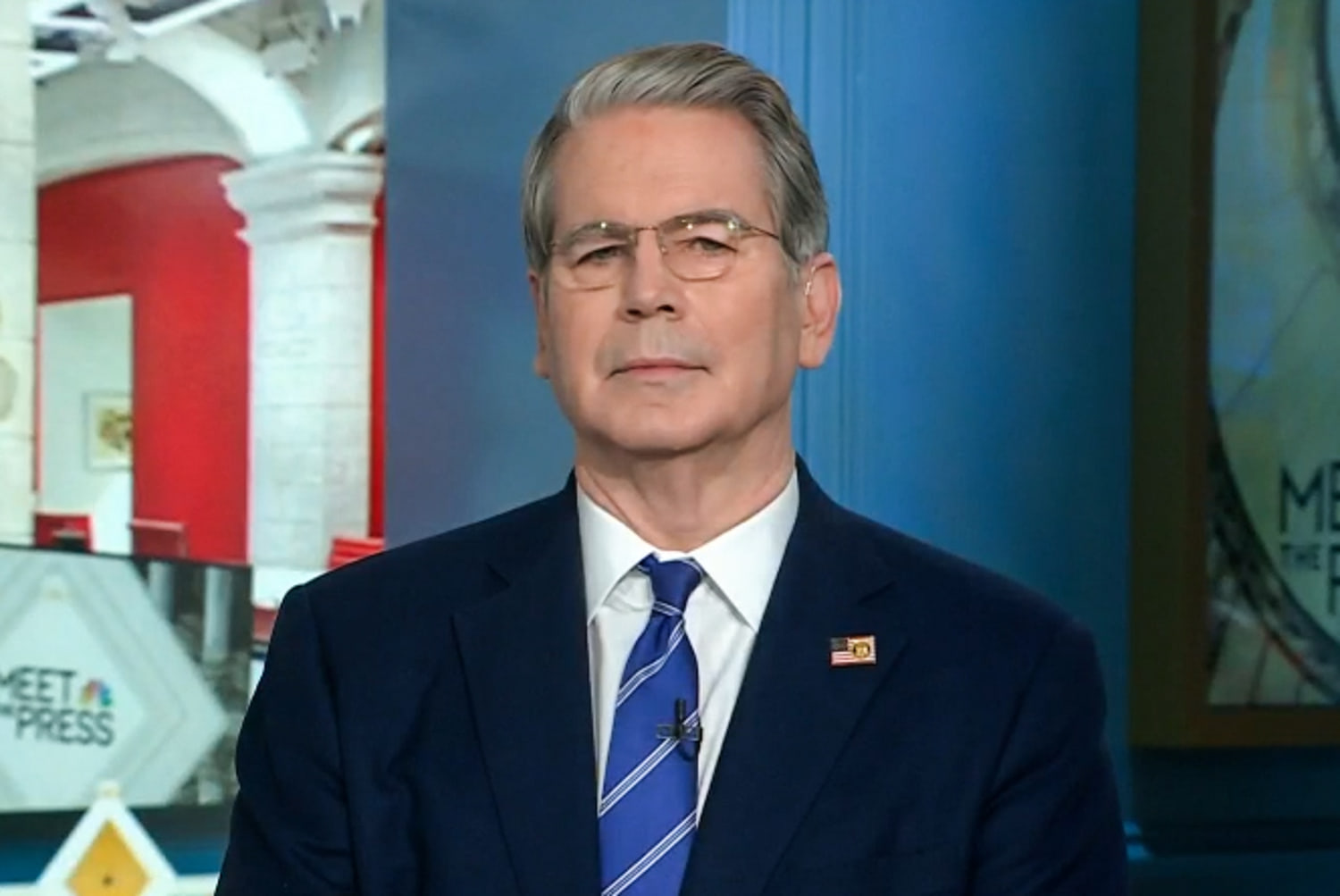
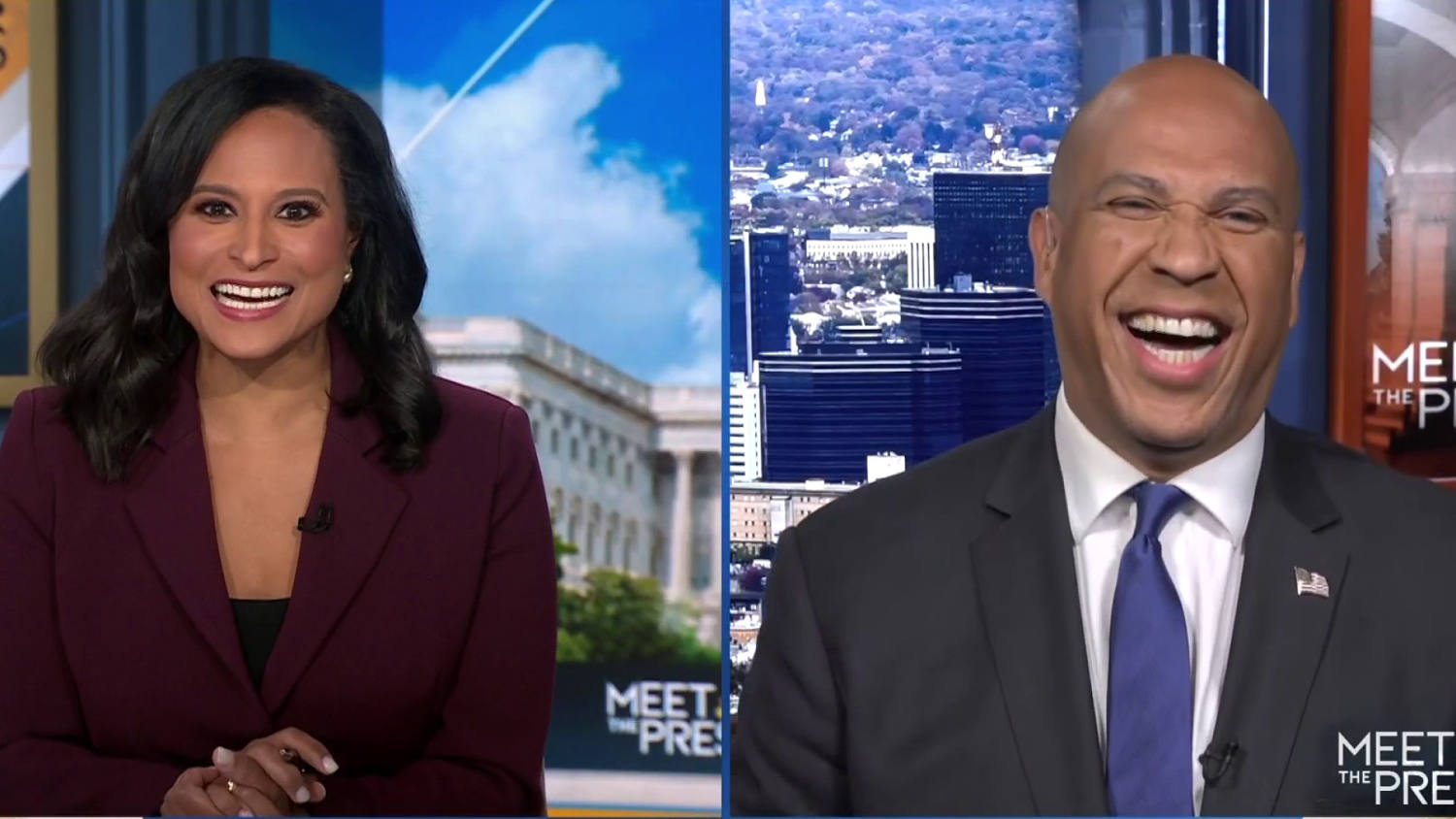

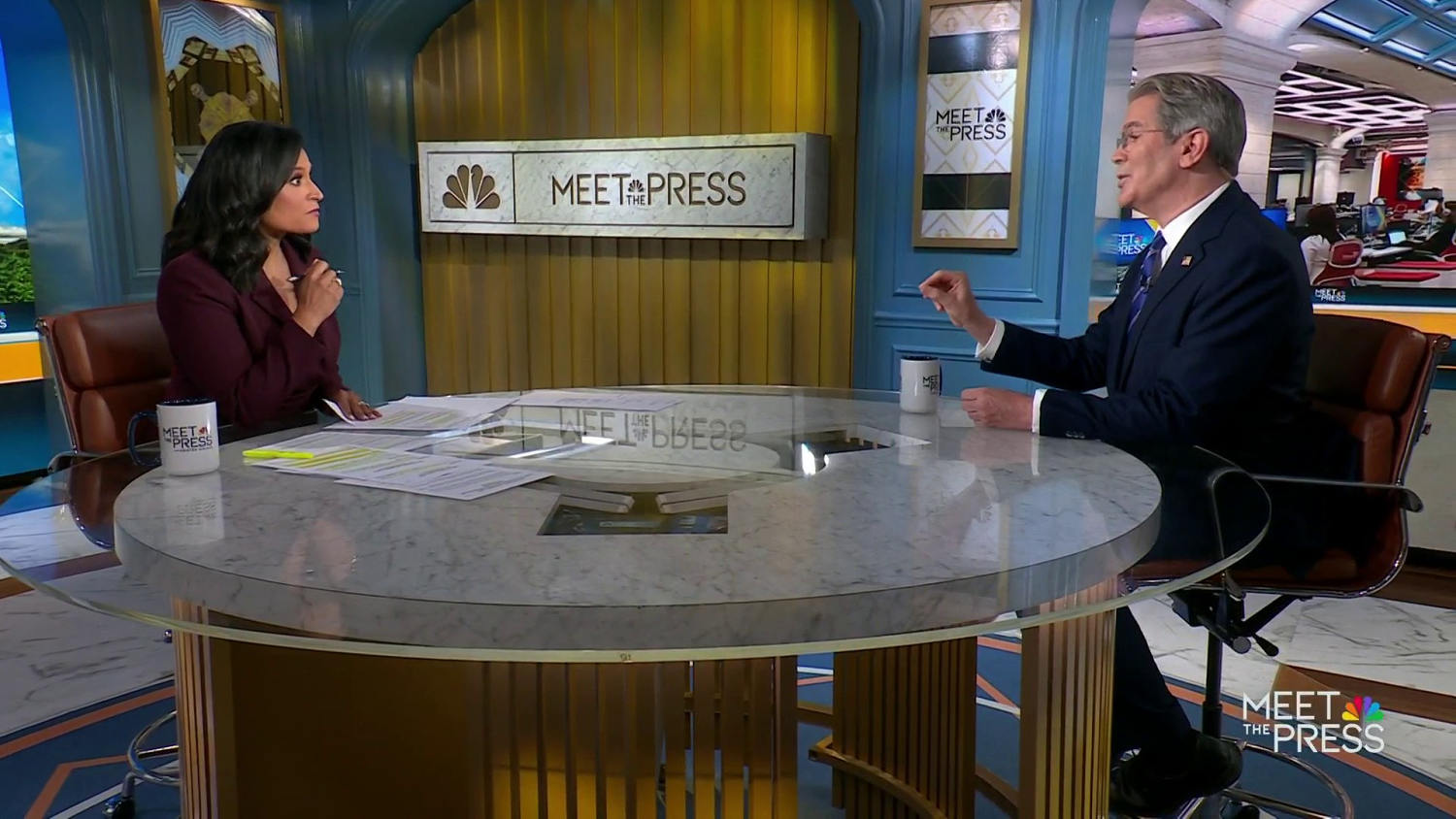
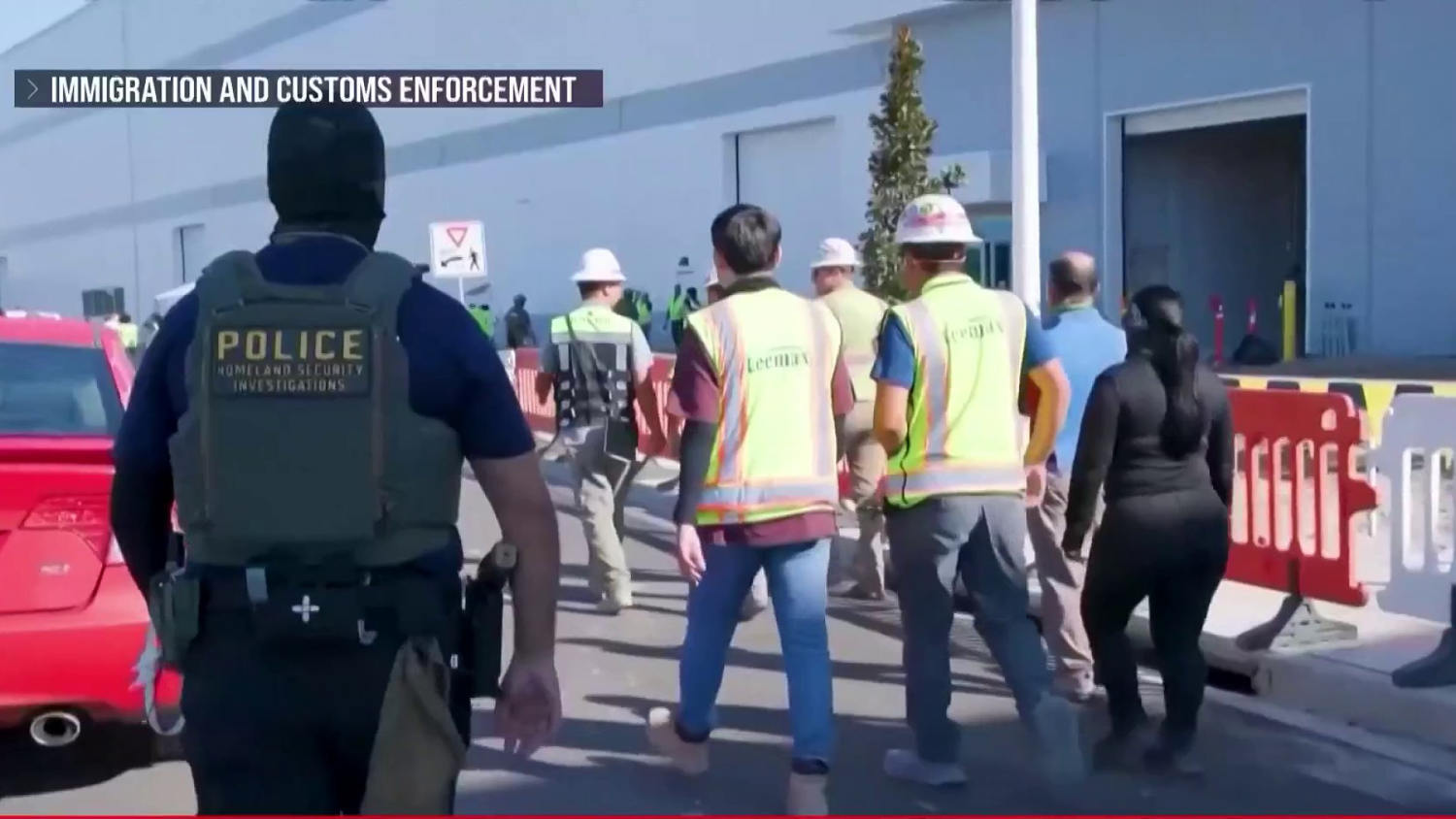
 English (US)
English (US)